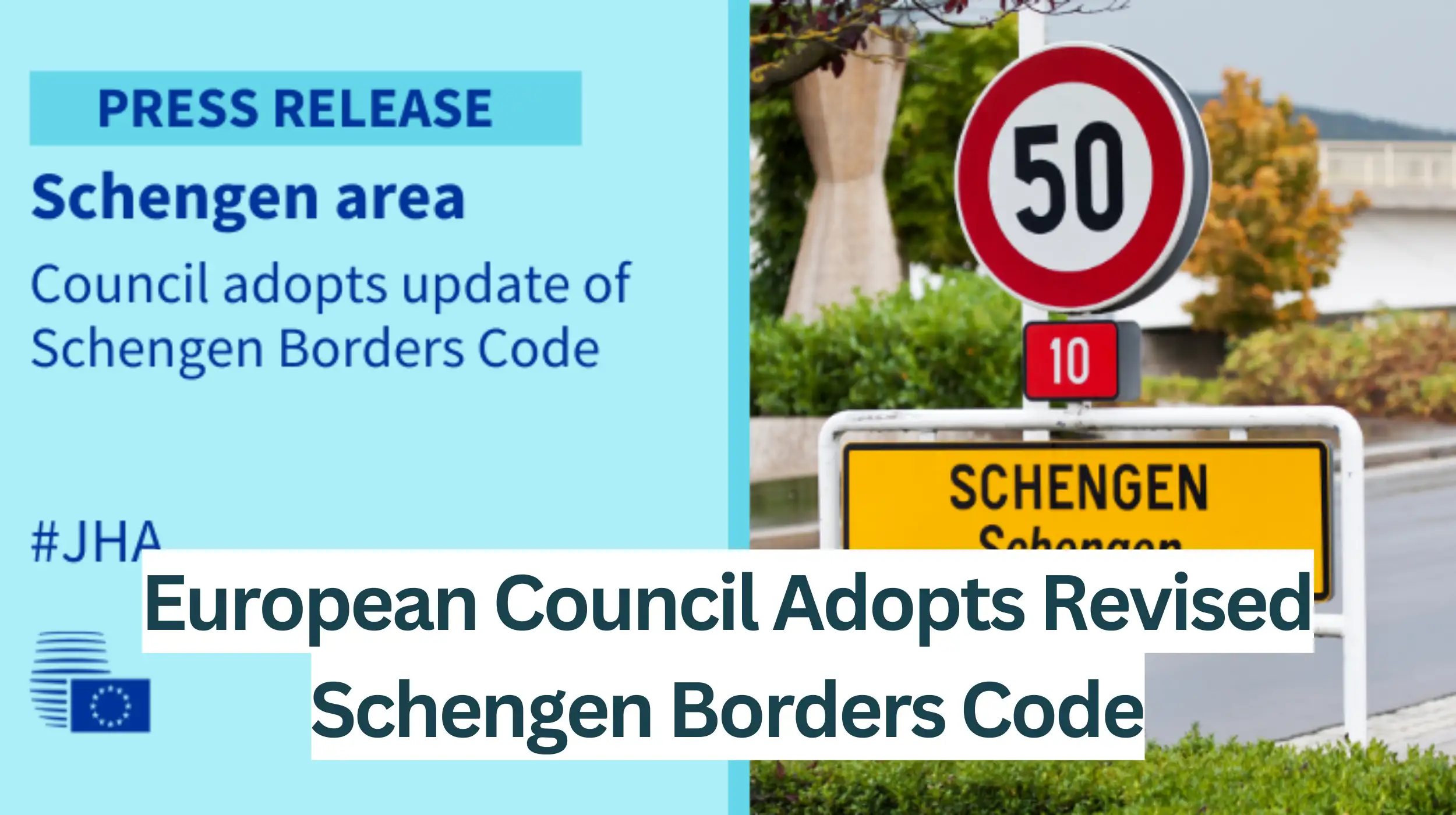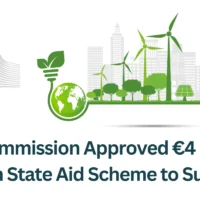Brussels (Brussels Morning) – The European Council approves a revised Schengen Borders Code, enhancing border control and resilience, including measures for public health emergencies and combating migration exploitation.
The European Council has given its final endorsement to a new Schengen Borders Code, the EU’s rulebook that deals with the control of internal and external borders as well as the rules controlling border control of persons traversing the external EU borders.
European Council states that the reform is instrumental in driving the Schengen area more resilient to present and future situations at its external borders. It makes also sure that people living and touring in the EU can fully enjoy the advantages of borderless travel.
The regulation presents the possibility of adopting EU-wide standards that restrict the access of third-country nationals to the EU in the possibility of a large-scale public health emergency. It also sets in place a transfer procedure that will assist in tackling the secondary movement of migrants (from one member state to another) and suggests solutions to situations of instrumentalisation of migration.
What are the Main elements of New Regulations?
In the circumstance of a large-scale public health emergency, the new rules present the possibility – following a Council decision – to set in place harmonised temporary travel limitations at the EU’s external border. During the COVID-19 pandemic, the EU was only capable of issuing non-binding suggestions as regards travel limitations to member states. In addition to travel restrictions, the Council can also charge testing, quarantine self-isolation and other health-related criteria for non-EU citizens entering the EU.
What measures combat the exploitation of migration?
In order to combat the instrumentalisation of migration the amended Schengen Borders Code will present member states the possibility to determine the number of border crossing points or lower their opening hours and permit for enhanced border surveillance measures.
The revised Schengen Borders Code defines the existing framework for the reintroduction and prolongation of internal border management, which is possible when there is a severe threat to public policy or internal security. Member states will be required to assess the necessity and proportionality of this conclusion and assess whether the purposes pursued cannot be attained by other means.
What are the conditions for prolonging internal border controls?
Moreover, the modified regulation sets out the maximum period during which these controls at the internal borders may be preserved. Internal border controls which have been reported to the EU Commission, member states and the EU Parliament before being reintroduced may remain in position for a maximum duration of two years. In major special situations, internal border controls may be extended by 6 additional months, renewable once for a total duration of one year.
The possibility to utilise alternative measures, generally consisting of police checks and cross-border collaboration, should encourage member states to substantially restrict the reintroduction of temporary border management. These measures must be different from systemic checks on persons at external borders.
What is the new transfer procedure for third-country nationals?
Additionally, a new transfer technique will allow a member state to move third-country nationals arrested in the border area and staying illegally in its domain to the member state from which they arrived directly. The apprehension should take place in the context of a bilateral partnership framework.



